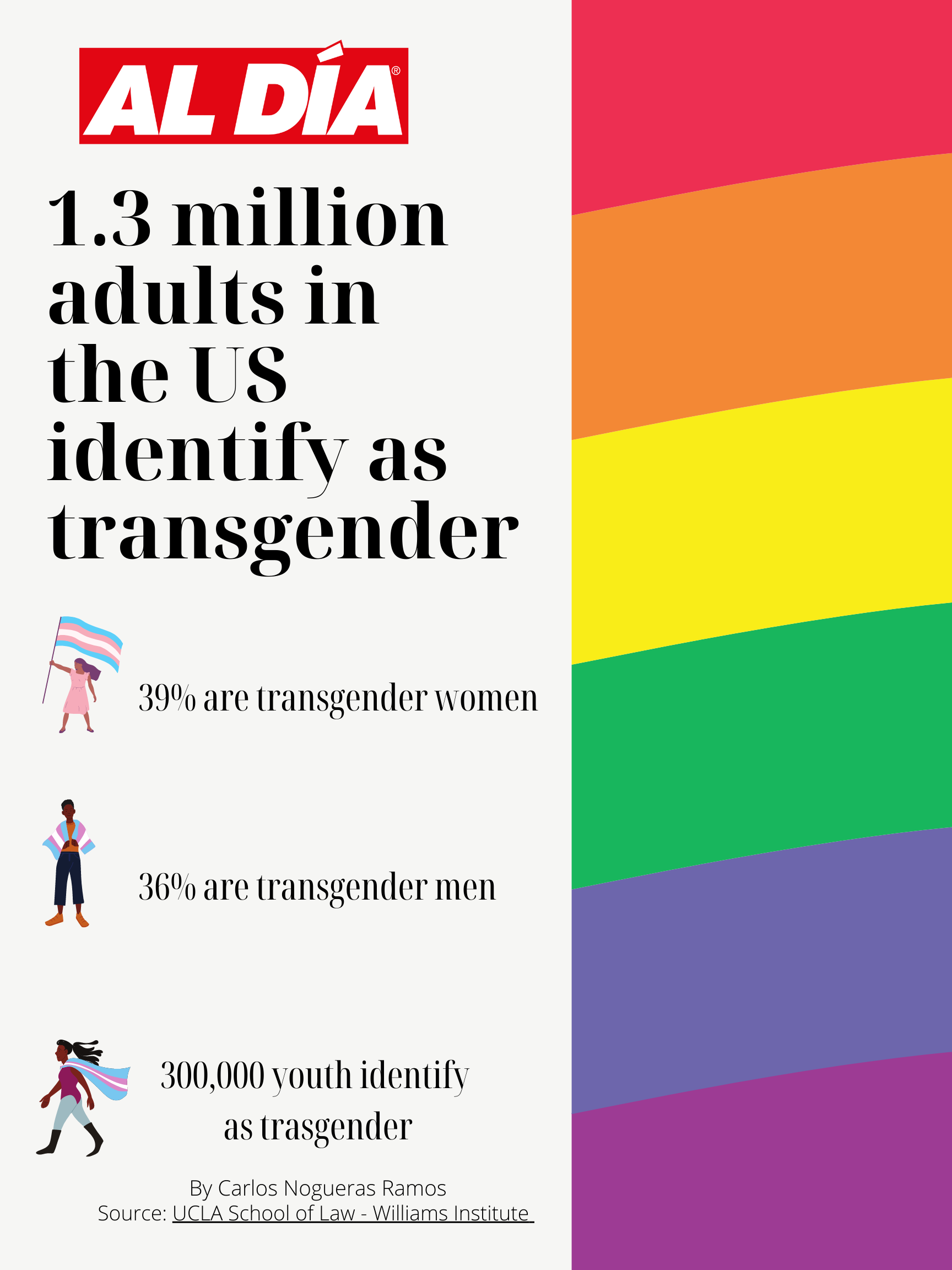
What would a Transgender Bill of Rights do?
The Federal Government acknowledges its duty to protect the transgender and nonbinary populations
The House of Representatives has recently set in motion a Transgender Bill of Rights resolution, which would recognize the federal government’s duty to “protect and codify the rights of transgender and nonbinary people under the law and ensure their access to medical care, shelter, safety, and economic security.”
Rep. Pramila Jayapal, the bill’s sponsor, introduced the resolution on June 28, 2022, and it has yet to pass the House of Representatives. The measure includes 94 cosponsors, a roster comprised of Democratic representatives, and doesn’t have support from any Republicans in the House.
The bill would amend Title VII of the Civil Rights Act of 1964, to explicitly prohibit sex on the basis of sex characteristics or sex identity.
Why it matters
A June 2022 report by the Williams Institute, a think tank at UCLA’s School of Law, offered an estimate of the transgender population in the U.S. and found that over 1.6 million citizens identify as trans and gender nonconforming.
Multivariate data was collected to understand their presence and distribution across the country more accurately and made significant findings.
RELATED CONTENT
Among the results, 39% of those surveyed identify as transgender women, while 36% identify as transgender men. The same study also found that 300,000 youth in the U.S. identify as transgender.

Among the groups surveyed, Latinx, American Indian or Alaska Native, and bi/multi-racial groups were more likely to identify as transgender than those under the white category.
Though the results of the study are consistent with existing data, researchers will likely continue to work with limited data sets, given the U.S. Census Bureau does not collect gender-identity-related information from all states.
As such, estimates are extracted from varying systems of data aggregation, such as the NCVS’s House Pulse Survey and the CDC’s Behavior Risk Factor Surveillance System and the Youth Risk Behavior Survey.
Though this sort of informed data is hard to come by, the bill would require states to include an ‘X’ marker to be available on government identification and records that require gender, which would give advocacy organizations a clearer idea of the transgender population at the regional level.
The bill also seeks to codify Roe v. Wade and expand reproductive rights to include transgender and nonbinary people.
Currently, it is under review by the Committee on the Judiciary, Education and Labor, Energy and Commerce, Financial Services, and Oversight Reform.











LEAVE A COMMENT: